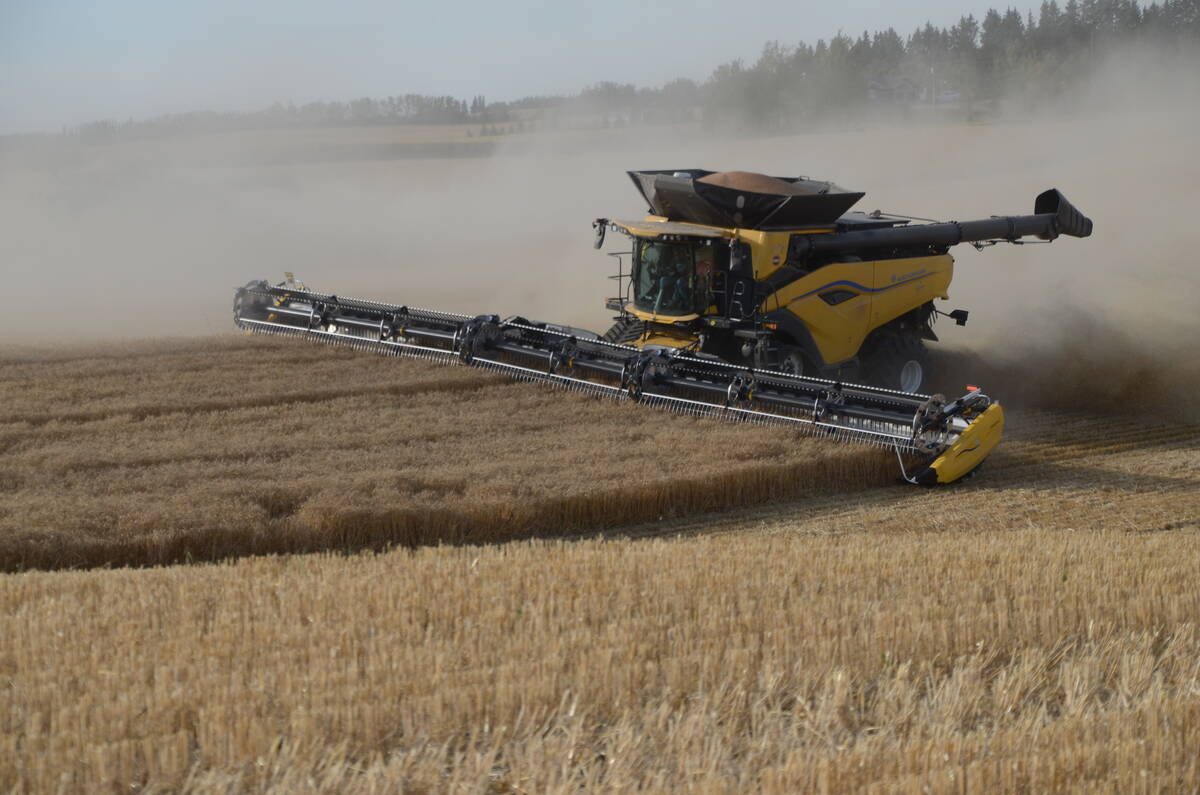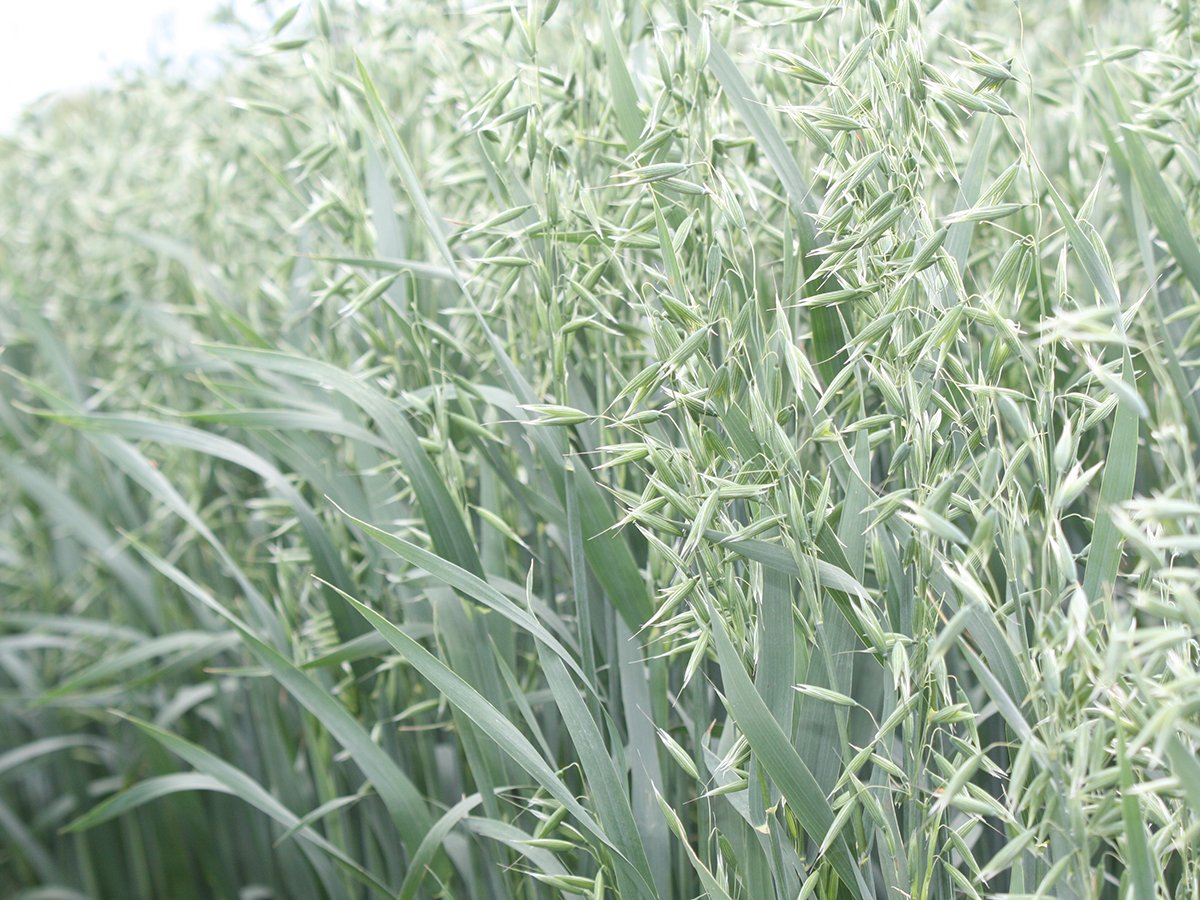The U.S. administration changed its mind earlier this week, announcing Feb. 3 it would postpone previously announced plans to impose 25 per cent tariffs to all Canadian imports for a month.
Tariffs had also been announced for Mexico and China. As with most things with the current U.S. administration, this is subject to change. Mexico has managed to delay the tariffs by one month by sending troops to the border.
There are a number of signs that these tariffs, if they are eventually imposed, may have some degree of permanency for the next four years. The U.S. administration is convinced tariffs are needed to help increase government revenues to offset the deficit. Border security over illegal immigrants and fentanyl are smokescreens for what is the larger agenda.
Read Also

Grain farming on solid financial ground: Farm Credit Canada
There may be situations are farmers are stretched financially, but overall the industry is healthy, says FCC
At the end of the day, Canadian farmers must be prepared to adapt to permanent tariffs for at least the next two to four years.
For grain farmers, that means different crops would be affected by the tariff rates, whatever they end up being. Here is my take on how areas could be impacted by the U.S. tariffs.
Oats are the primary grain that would be hurt by the import tariff. Canada usually supplies close to a million tonnes of oats to the United States along with a similar amount of processed oats. Tariffs would increase prices for U.S. cereals and granola bars.
The oat market in Canada would likely see a drop in prices as demand from the U.S. is lowered by the higher prices. This would result in lower seeded oat area for the 2025 crop.
The big loser of the trade war on oats would be the U.S. breakfast consumer.
Canola would also be affected by the tariffs, but in a way that is much different from oats.
Exports of canola seed to the U.S. are relatively small. To the end of November, only 28,100 tonnes of canola had been shipped to the U.S. Most of the demand for Canadian canola is from the border crushing plants that rely on Canadian imports for feedstock.
The more important issue is that tariffs would be applied to both canola meal and oil. This would have an impact on crushing plants that rely on the U.S. to buy their products.
Canola crushers are likely to reduce output in response to the imposition of tariffs. This will push prices lower due to the decreased demand from the crushing industry.
Canola area was already likely to be lower this year due to the drop in prices. Tariffs would likely push the canola area even lower this spring.
Durum will likely be hurt by U.S. tariffs, which is the fourth largest importer of Canadian durum this crop year. However, the tariffs will not have the same impact as for oats and canola because the U.S. would have to backfill Canadian imports by reducing their exports.
Canada will be able to sell durum into those markets to replace the U.S. losses. Durum area is expected to be unchanged from last year.
Wheat is likely to suffer the least from U.S. tariffs because our market are already quite diverse.
The U.S. has been the sixth largest customer for wheat so far this crop year at 322,700 tonnes. U.S. imports of spring wheat have been at a record pace this year, most likely due to mills pulling forward demand.
This demand can be replaced by wheat exports to offshore countries. Wheat area is likely to increase in 2025 because tariff impacts would be relatively minor when compared to other commodities.
You can’t sugar coat the tariff situation for Canadian farmers. These tariffs, if and when they come, will not be good news.
Canadian agricultural trade flows will be altered by the tariffs, and prices will adjust. This adds just another layer of complexity to what is already a volatile market.
Hold on tight because this will be a wild ride.















